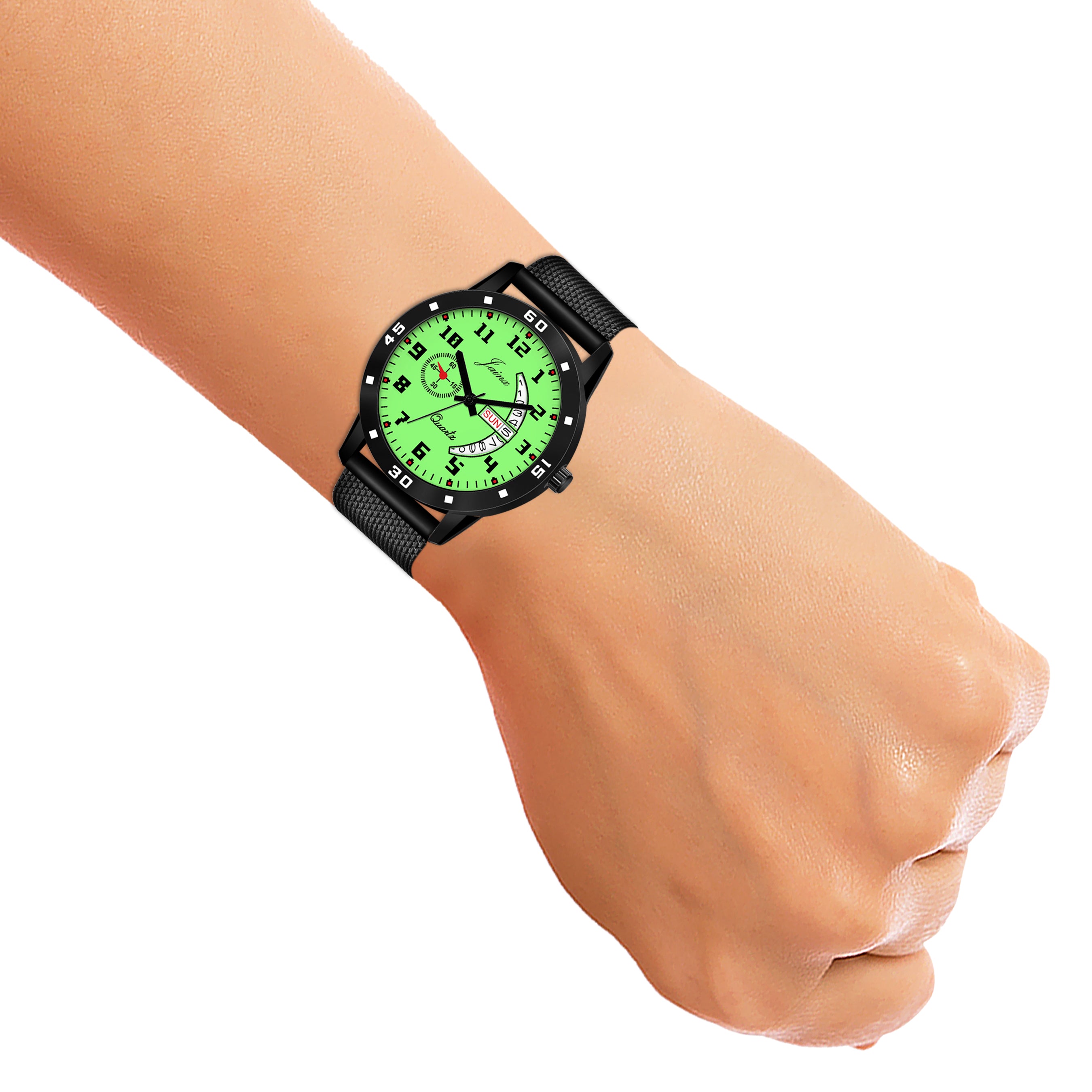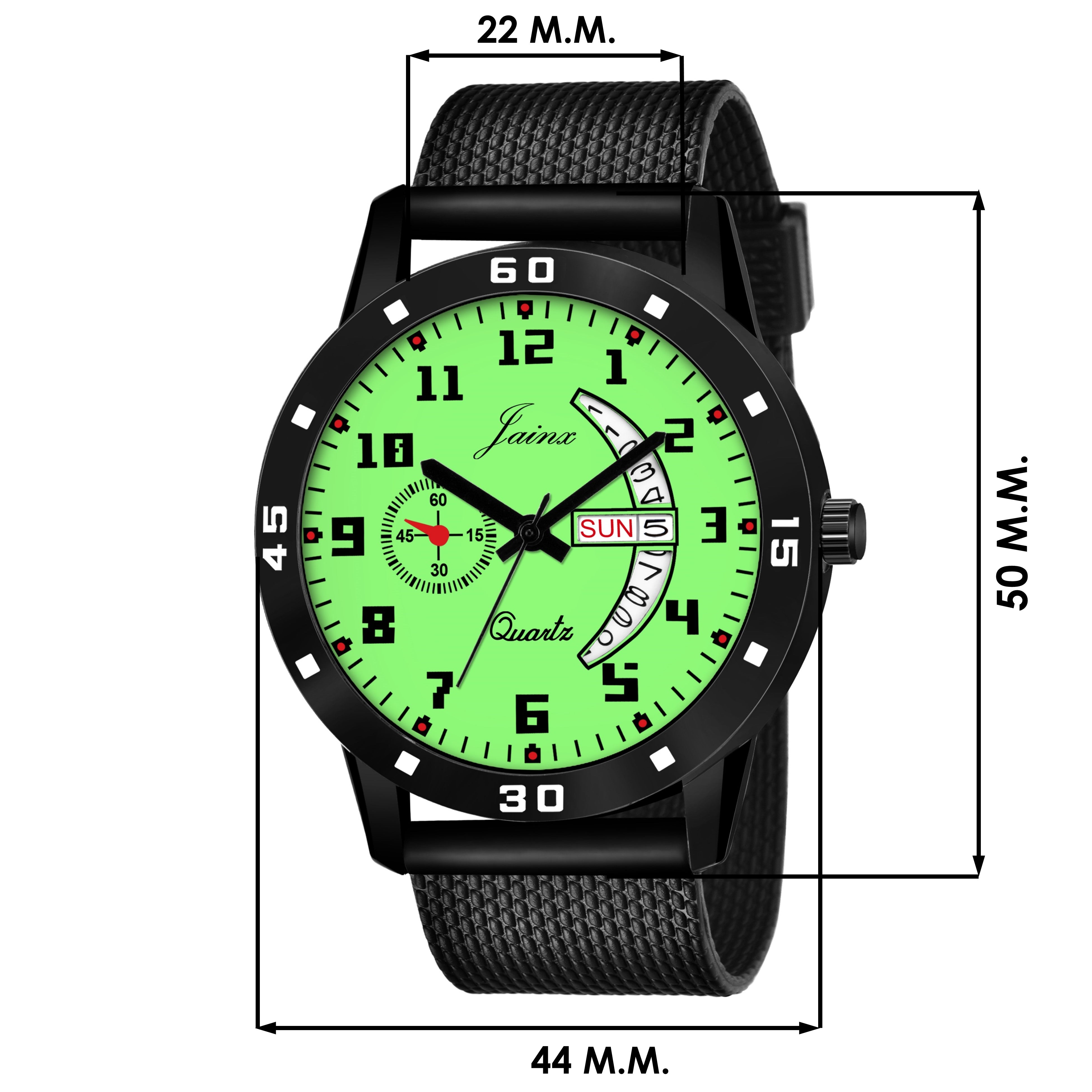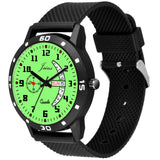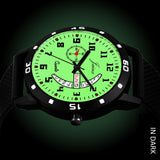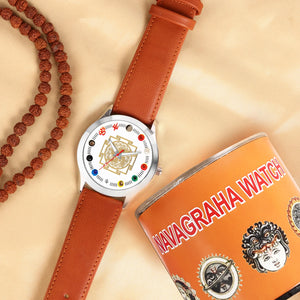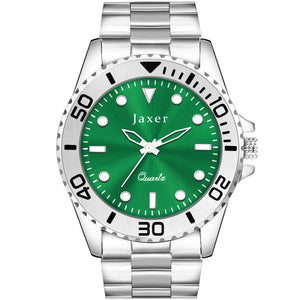Glowing Through Time: Radium in Watches
Radium in watches spans an enthralling historical journey, from lighting up clocks in the early 20th century to causing collectors' concerns today. Watch dials were transformed by their luminous qualities, which provided unmatched reading in dimly lit environments.
But in the present day, collectors must balance safety concerns with the historical value of radium's impact while safeguarding these examples of innovative timekeeping.
Historical Significance of Radium in Watches
The history of radium in watches is rich and significant, indicating a pivotal period in the development of timepieces. Watch dials were transformed by radium's luminous qualities in the early 20th century, making it possible to see in the dark.
When applied, especially to luminous paint, it improved reading and accuracy. Risque's did accompany this innovation, though. Industry methods changed in response to the health risks that watchmakers and wearers posed from radium exposure, which could end up in radioactive poisoning and raise safety issues.
Radium's legacy is important for the development of watchmaking techniques as well as supplies, even if it was eventually phased out as a result of health concerns.
Understanding Radium's Role in Early Watch Design
Radium introduced luminescence to dials, improving legibility in low light, which had a significant impact on early watch design. Radium-based paint's luminous qualities greatly enhanced the watch's functioning by making it simple to keep track of time at night or in dimly lit areas.
The unparalleled legibility provided by this invention completely changed the watch's design. Radium's radioactive qualities, however, also brought unanticipated health dangers to watchmakers and users; as a result, watchmaking materials were later reevaluated and improved for safety and accuracy.
Radium's Luminous Impact: The Evolution of Radium in Watches
A significant advancement in watch dials was sparked by the bright influence of radium. When it was added to luminous paint in the early 1900s, watches were improved and became more apparent at night.
The ability to read time easily in low light a critical capability for military personnel, pilots, and the general public was made possible by this invention, which represented a major advancement in horology.
A re-evaluation of materials and safety was required since, despite its usefulness, the use of radium posed unanticipated health risks due to radiation. The evolution of the wristwatch was influenced by this era's revolutionary move towards safer, yet still luminous, watch-dial alternatives.
Why Choose Radium Watches?
- Luminosity: The remarkable luminosity of radium allowed watch dials to be read in the dark. Because of its radioactive characteristics, it had a self-illuminating effect that improved vision in low light.
- Scientific Innovation: The early 20th century saw a revolutionary scientific breakthrough when radium-based paint was used to watch dials. This painting greatly improved readability, revolutionizing timekeeping, particularly in military and aviation contexts.
- Practicality: Because radium could read the time even in conditions with minimal or no external light source, its luminous qualities made it a useful material for a variety of occupations and activities.
- Initial Risk Ignorance: The harmful health effects of radium were not completely understood when it was first adopted. Before the risks of radioactivity became known, it was widely used, and watchmaking eventually phased it out for safety reasons.
Modern Perspectives on Radium in Vintage Watch Collecting
Collectors of old watches with radium dials these days proceed with extreme caution and awareness. Although these watches have a distinct aesthetic appeal and historical relevance, collectors place a higher priority on safety.
The importance of comprehending the possible health dangers linked to radium exposure is rising. To reduce risk, watch collectors as well as aficionados frequently look for timepieces with safely contained or replaced radium dials.
While some collectors prefer non-radium alternatives, others value the historical context of these timepieces. Overall, contemporary viewpoints highlight the significance of making educated decisions, handling items with care, and the growing inclination of vintage watch collectors toward safer, non-radioactive materials.
How to Choose Radium Watches?
It's important to exercise caution and be aware of the risks when selecting radium watches, particularly antique ones. The following things to think about if you want to buy a radium watch are
- Authenticity and Verification: A check for authenticity and verification of the watch's historical importance should be made. To verify if radium was employed in the luminescent paint on the watch dial, look up the brand, model, and production date.
- Professional Inspection: Get a watchmaker or other specialist to examine the watch professionally. They can appraise its state and confirm the existence of radium. Furthermore, they will offer information on any possible health hazards connected to the watch.
- Wear and Tear: Evaluate the watch's state. Over time, radium in watches may corrode and develop flaking or degeneration of the luminous substance. Make sure that the watch functions properly and that any radium is safely stored.
- Risk Awareness: Know all the possible health hazards that could arise from exposure to radium. Use gloves or keep the watch in a secure location if you plan to wear it or keep it in your collection to reduce direct contact with radium.
- Examine Alternatives: Some collectors want non-radioactive options due to the health hazards. Many antique timepieces use non-radium illuminating materials that provide luminosity without the radioactive characteristics of radium, such as tritium or non-radioactive chemicals.
Conclusion
The introduction of radium in watches signaled a turning point in the history of timepieces by improving their visibility in low light. Because of its luminous qualities, it was unprecedentedly readable, affecting not just the general population but also a variety of vocations.
But unanticipated health dangers from radium exposure especially for watchmakers and wearers caused materials and safety procedures to be re-evaluated.
The emphasis on innovation and safety in this chapter encourages a move in the timepiece industry toward safer options. In the always-changing field of watchmaking, radium's legacy serves as a sobering reminder of the need for responsible handling and well-informed decision-making.
| Band Colour | Black |
|---|---|
| Band Material | Silicone |
| Band Width | 22 Millimeters |
| Bezel Function | No bezel available |
| Bezel Material | No bezel available |
| Brand | jainx |
| Calendar Type | Day-Date |
| Case Diameter | 42 Millimeters |
| Case Material | Metal |
| Case Thickness | 10 Millimeters |
| Clasp | Buckle |
| Collection | Day & Date Feature |
| Dial Colour | Green |
| Crystal Material | Metal |
| Display Type | Analog |
| Case Shape | Round |
| Model Number | JM7108 |
| Part Number | JM7108 |
| Special Features | Time Display |
| Warranty Type | Manufacturer |
| Movement | Quartz |
| Band size | Mens Standard |
| Warranty Description | Off Site Warranty - In case of any Manufacturing defects with in warranty period customer will need to send the defective product to the service centre at there own cost and the replaced/repaired product will be sent back to customer. |
| Warranty | If this product is sold by jainx store, please review the manufacturer’s website for warranty information. If this product is sold by another party, please contact the seller directly for warranty information for this product. You may also be able to find warranty information on the manufacturer’s website. |



